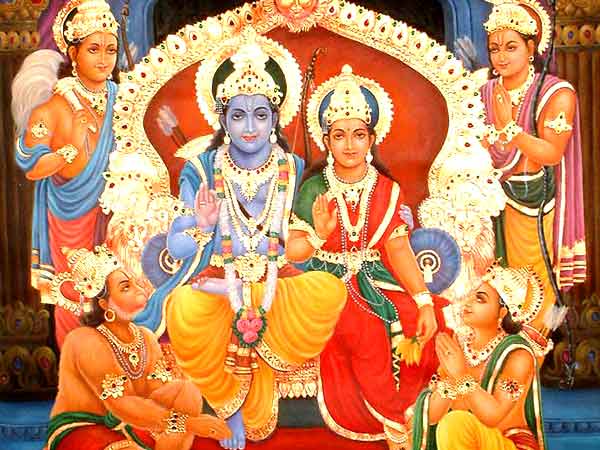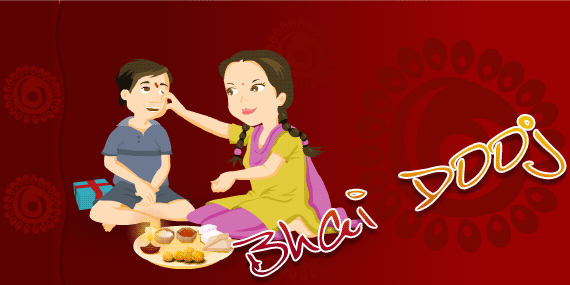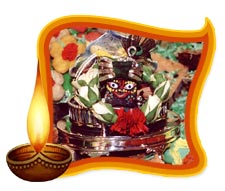skip to main |
skip to sidebar
Buddha Jayanti is also known as Buddha Purnima. It was on the full moon night in Vaisakha (April or May) that Lord Gautama Buddha was born in 543 B.C, but the name given to him by his parents was Siddharth. Siddharth was the only son of Shuddhodhan, the King of Kapilavastu. It was prophesied by the royal astrologer that the child would become either a famous emperor or a world-renowned ascetic. Shuddhodhan did not want his son to be an ascetic. Thus, he took extraordinary precautions to avoid every situation, which would provoke such thoughts in his son`s mind. Hence, after he was born, he is believed to have lived a very sheltered life till the age of 29 under his father`s instructions. He was kept completely ignorant of the tragedies of everyday life. Prince Siddharth was married to his cousin Yashodhara and had a son, Rahul.
Once Prince Siddharth persuaded one of his charioteers to take him out of the palace walls to the outside world and was shocked to the harsh realities of life when he viewed an old man, a sick and disabled person and a dead body for the first time in his life. The fourth vision was of an ascetic who looked at peace with himself, which led Siddharth to search for the true meaning of life. He became dissatisfied with his life of luxury and decided to renounce the luxury and worldly pleasures and search for Truth. He wandered to many places and ultimately attained enlightenment in Bodhgaya under a `pipal` tree.
Since then he was known as Gautam Buddha or the `Enlightened One`, after that, he founded the Buddhist religion. Thus, Buddha Jayanti celebrates the three most important events in Gautam Buddha`s life. It is also believed, that Yashodhara, the Buddha`s wife, his charioteer Channa, his devoted disciple Ananda, his horse Kantaka and the Bodhi tree under which he received enlightenment, were all born on the same date. The charming personality of the Buddha, his saintly life and the glamour of a prince turned recluse at the prime of his life, were all irresistible, and the Buddha`s followers were drawn from all walks of life. The princes, especially, who were viewing the rising power of the Brahmins with alarm, were particularly attracted by the new religion. And, when the Buddha died at the mature age of eighty, the whole of Eastern India was seething with a new religious spirit.
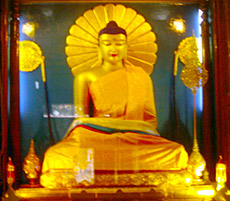

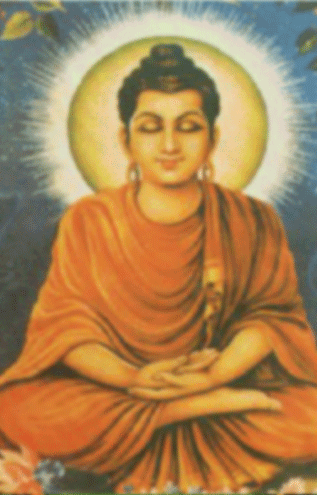






Durga Puja
Durga Puja is the most important festival in India. Durga Puja is more than a festival, it is a celebration of life, culture, popular customs and traditions. It is a time of reunion and rejuvenation to love, to share and to care. This festival provides a perfect platform to every Indian with rich cultural ethos and values to organize them selves under a roof.
Durga Puja is an important Hindu Festival celebrated all over India with different rituals and festivities. It is celebrated in the month of September/October. The excited festivity is omnipresent during Durga Puja throughout India, specifically in East-India particularly in West Bengal. The beautiful idols of the ten headed but fierce goddess on her lion is worshipped with great enthusiasm.
Legends of Durga Puja
Durga is the Goddess of divine power against all evils. The story goes that Mahisasur, the Buffalo Demon, through years of praying, received blessing from Lord Brahma, that no power can kill him which means he is invincible. But once gaining this power he started ravaging the whole world and killing people. And finally he wanted to uproot the Gods too. The Gods, in dismay, combined their powers to create a beautiful maiden, and each placed his or her most potent weapon in one of her ten hands riding a lion. Her return in each year in the Bengali month of Aswin (September-October) commemorates Rama's invocation of the goddess Durga before he went into battle with Ravana. The traditional image of the Bengali Durga follows the iconographic injunctions of the Shastras. It is similar to the Durga of Aihole and of Mahabalipuram (seventh century). The tableau of Durga with her four children - Kartik, Ganesh, Saraswati and Lakshmi, representing respectively the Protector, the Initiator of the puja, Knowledge and the Provider - signifies the complete manifestation of the goddess.
Another legend has it that Lord Rama went to rescue his abducted wife Sita from the grip of Ravana, the king of the demons in Lanka. Before starting for his battle with Ravana, Rama wanted the blessings of Devi Durga. Pleased with Rama’s devotion, Durga appeared before him and blessed him. The battle started on the saptami and Ravana was finally killed on the sandhikshan i.e. the crossover period between ashtami and navami and was cremated on dashami. Since the period of this worship was different from the conventional festival time of spring or basant, this puja is also known as akal-bodhan or worship (bodhan) in an unconventional time (a-kaal).
Other viewed that once the mother of Durga wished to see her daughter. Durga was permitted by Lord Shiva to visit her beloved mother only for nine days in the year. The festival of Durga Puja marks this visit and ends with the Vijaya Dasami day, when Goddess Durga leaves for Her return to Mount Kailas.
Rituals in Durga Puja
Durga Puja is basically a festival with a series of rituals & Puja. The making of Durga idols is also governed by rituals. The elemental ritual, which is most commonly followed, is that the ingredients that are used to make the idol of goddess Durga come from the holy river Ganga. The idol of Durga is generally flanked by the idols of Lakshmi, Saraswati, Kartik and Ganesh. The image of Durga is framed at the centre, and the background behind the whole group is called the chaal-chitra. The goddess sits atop a lion, which is her vahan. The favourite tableau is of her stabbing Mahishasura, the demon. It symbolizes the victory of goddess over the demons. It is celebrated in different parts of India in different styles. But the basic aim is to propitiate Shakti, the Goddess in Her aspect as Power, to bestow upon man all wealth, auspiciousness, prosperity, knowledge, and all other potent powers.
Traditional and household Durga Pujas festivities last till ten days. But the main ritual of Durga Puja spans a period of four days. Debi-Pakkha is the name given to the fortnight from the new moon till the next full moon. This is the most propitious time for performing holy rites. The ritual of drawing the eyes on the image of the goddess is called chakkhu-daan. Symbolising the process of infusing the image with the power of vision, this is done on Mahalaya, the day of the new moon. The main puja starts from Shasthi, which is the sixth day after the new moon. On Saptami, the image of the goddess is infused with life through a process called Bodhon. Early in the morning, the pran of the Devi is put inside the image after it is brought from a nearby river through the medium of a banana plant. The banana plant (Kola Bou) bathed and draped in a new yellow saree, resembles a newly wed bride. Ashtami is universally accepted as the culminating point of the four day celebrations. It was on this day that Durga had killed Mahishasura. The ritual of Sandhipuja marks Sandhikkhan, the juncture between Ashtami and Nabami. The main attraction of Nabami is the Maha-Arati held in the evening. On Dashami, the image is immersed in a river. Bijoya is a special ritual whereby peace and good relations are reaffirmed. Families exchange sweets and people embrace each other, vowing brotherhood. Bijoya continues till the next new moon, when Kali Puja is held.
Celebration of Durga Puja
Durga Puja has transcended geographical boundaries and reached every corner across the globe. The four-day fair - has become an indispensable part of every one's life in India.
It is one of the biggest festivals in Bengal. Durga Puja is celebrated on a mass scale with puja pandals dotting nearly every corner of West Bengal. Community pujas in Bengal are organised in every locality. On the final day the idols are taken in elaborate processions to be immersed in the river or the pond. Such is the charm and seduction of the occasion that several big community pujas in the city are being sponsored by multi-national companies and commercial firms.
The inauguration starts on Mahashasthi. The main puja is for three days - Mahasaptami, Mahaastami, & Mahanavami. Three days of Mantras and Shlokas and Arati and offerings - needs an expert priest to do this kind of Puja. Because of these facts, the number of Pujas held in the family has reduced and Durga Puja has mostly emerged as a community festival. The city of Calcutta takes a different look during these three days, especially at night. Millions of people come to the city and line up before the pandals. The streets are lighted and the electricians display all different kind of light shows. The restaurants are packed and numerous temporary food stalls are opened though out the city.
Schools, colleges, offices remain closed during these four days. Bengalis in other cities in India visit their relatives in West Bengal. After the three days of Puja, in Dashami, in the last day, a tearful farewell is offered to the Goddess. The idols are carried in processions around the locality and finally are immersed in a nearby river or lake. Bengalis all over the world tries to celebrate this great event of their culture.
In West- Bengal’s neighbour state Orissa the festivals of Durga Puja celebrate in a similar manner. Especially in the city of Cuttack a large number of idols of Durga and Mahadev are worshipped in profusely decorated pandals. Life comes to a stand-still in the city as crowds pour over the Puja Mandaps to enjoy the festivities. On the day succeeding 'Vijaya Dasami', the last day of Dussera, the images are taken in a spectacular procession for immersion in the river Kathajodi.

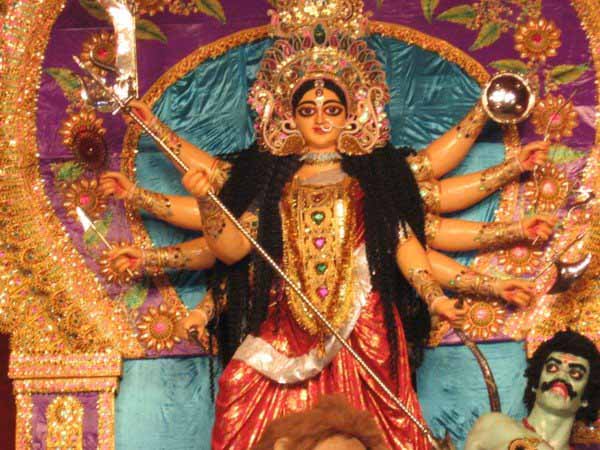



Dussehra
The tenth day of Navaratri marks the end of fasting and is celebrated as Dussehra.This festival is celebrated by burning effigies of Ravana, Kumbarkaran and Megnath.
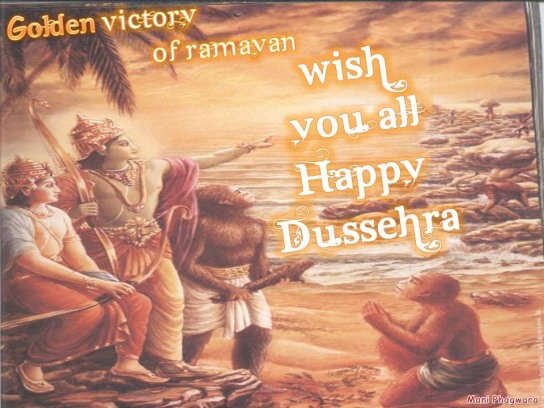
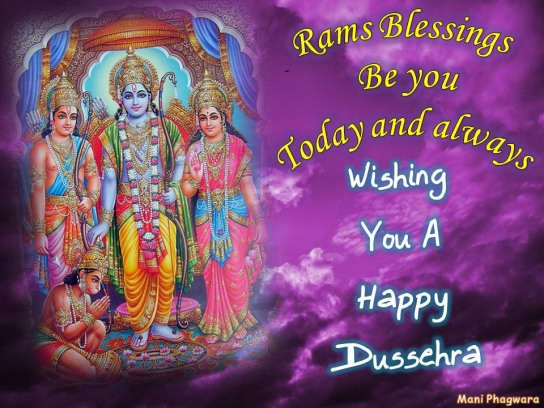
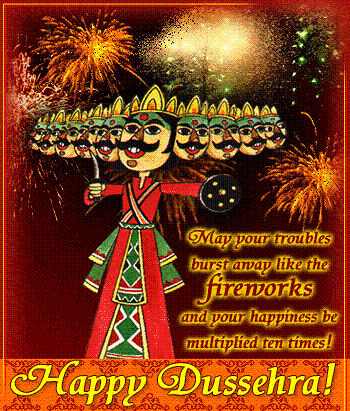

Legends Of Dusshera
Dussehra is mainly associated with the story of Rama based on Ramayana, one of the two great Indian epics. Set around 1000 BCE in India, this epic attempts to establish the social ideals and explains the depth of human relationships. Lord Rama was the protagonist of the epic, while his wife Sita was its female lead. He has been idolized as the ideal son, husband and king, while she is the epitome of womanhood. Lord Rama was the eldest son of Dashratha, the king of Ayodhya and was beloved of all, because of his genial ways. The king decided to hand over his throne to him and retire.
Contrary to her husband's decision, Lord Rama's stepmother (Kaikayi) wanted her own son Bharata to be the king and forced Dashratha to banish Rama from Ayodhya, the kingdom and give him fourteen years of exile. Rama gladly accepted the stepmother's wishes and left the palace and the kingdom with his wife Sita, and brother Lakshmana. The grief-stricken father soon died. When Bharata, who was on a visit to his maternal grandfather, came back and came to know what his mother had done, he immediately set out to being his brother back from the forest.
Rama was glad to welcome his brother Bharata, but he refused to go back to the kingdom before the completion of his exile. Rama had another loss at hand, as the demon-king Ravana, abducted his wife Sita and took her away to his kingdom. This became the reason behind the long search and the various events that followed, which led to the destruction of Ravana by the hands of Lord Rama, with the help of the monkey army he had befriended on his way to Lanka. Dussehra is the day, when Rama killed Ravana and won back his wife. Hence, Dusshera is also called Vijayadashmi.
Dussehra celebrates the victory of good (Rama) over the evil (Ravana). This is the reason why effigies of Ravana, Meghnatha and Kumbhkarna are burnt on Dusshera, all over northern India. Apart from this, Vijayadashmi also symbolizes the victory of Goddess Durga over Mahishasura, the demon who held the earth and the swarglok (heaven) with his tyranny and invincible power. Hence, it can be said that two legends are connected to the celebration of Dussehra in India.



